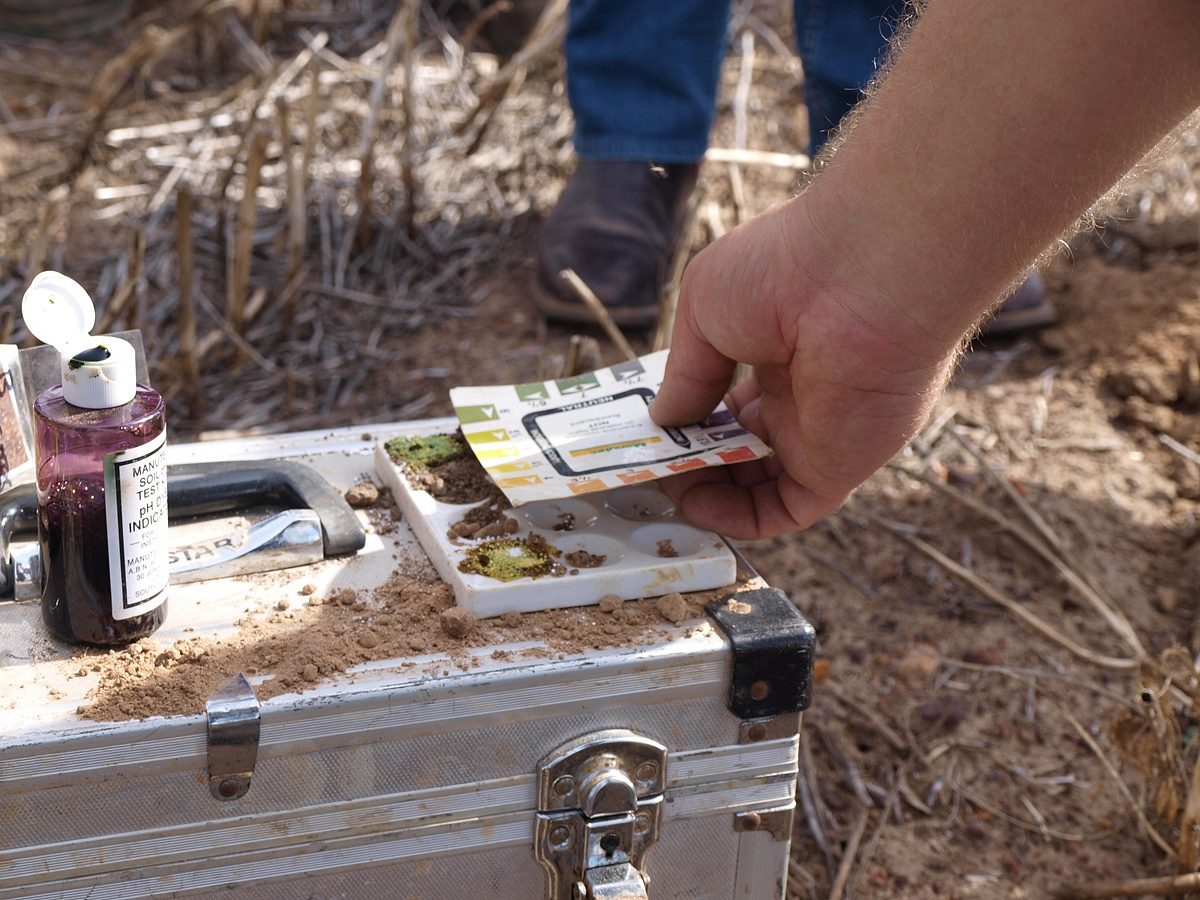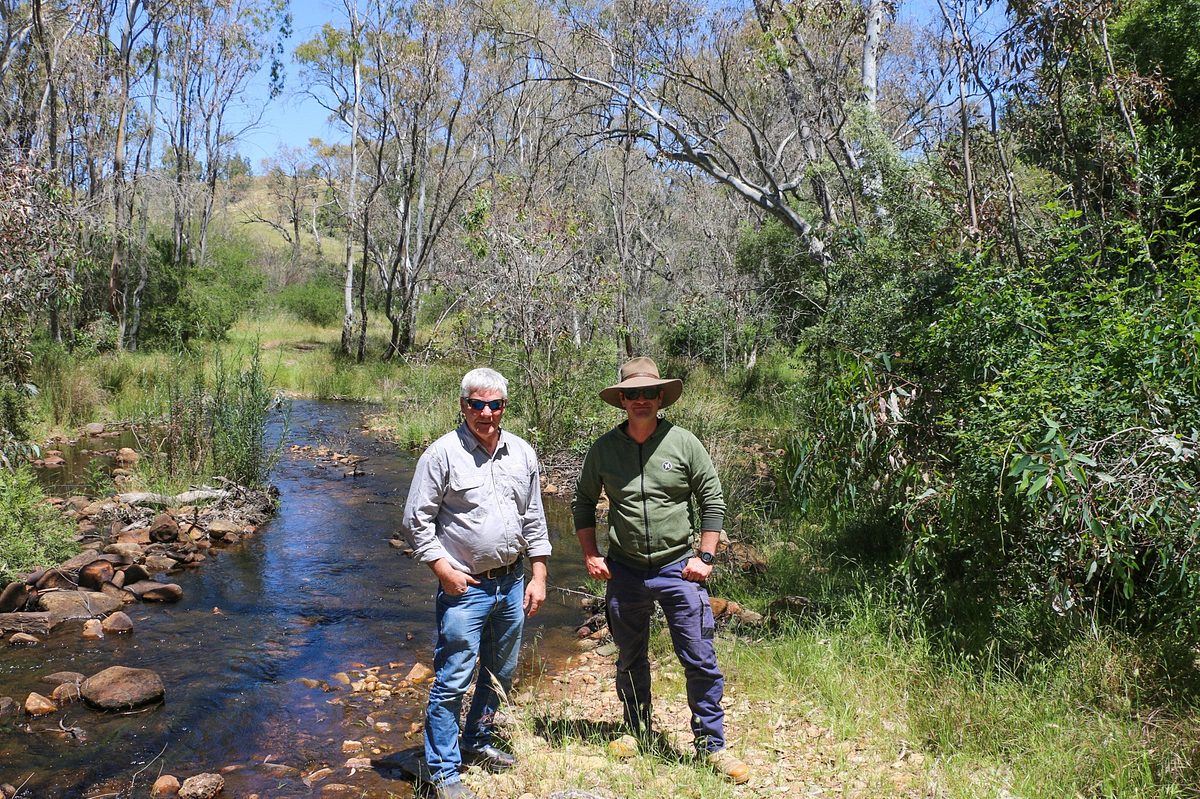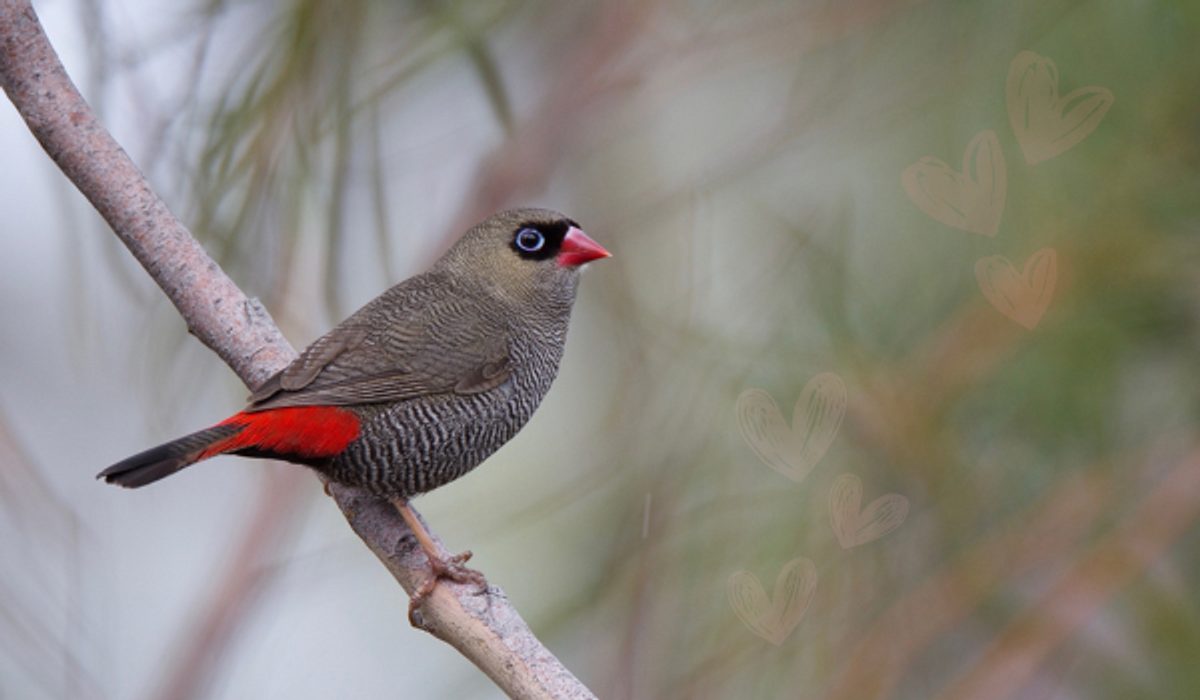Working with landholders to care for the environment on private land
In South Australia, more than two-thirds of land is privately owned — which means the future of our environment is closely tied to the people who live and work on it every day.
Landscape boards know that real change happens when landholders are supported to care for their corner of the world. That’s why they work alongside farmers, property owners and local communities - offering practical help, funding, and local know-how to make a lasting difference.
From restoring native vegetation to managing weeds, pest animals, water and wildlife, this work on private land plays a big part in keeping South Australia’s landscapes healthy and resilient.
Here’s how that support is making a difference.
Planting seeds of hope on Kangaroo Island
In the aftermath of the 2019-20 bushfires that ravaged almost half of Kangaroo Island and parts of their own property, Henry Laas and his wife Sarah Marr decided to embark on a bold plan.

With help from the Kangaroo Island Landscape Board’s Native Plant Nursery, the couple has been working to revegetate 105 of their 110 acres.
In just two years, they’ve planted over 800 native plants, restoring critical habitat and improving soil health.
Nursery manager Jo McPhee is a valuable resource for landholders seeking advice on which species to plant and where and how to grow them based on the unique conditions of their property.
The KI Landscape Board has provided funding to affected landholders from various sources, including the Prince Albert II of Monaco Foundation and the Foundation for National Parks and Wildlife, which received grant funding from the Australian Government.
Learn more about Henry and Sarah’s story here.
Limestone Coast feral deer control boosts carrying capacity by 40,000 sheep
Dry times are highlighting the pressures feral deer place on grazing pasture and crops in the Limestone Coast, which contains a large proportion of South Australia’s feral deer population.

Thanks to state and Australian government support, a high volume of participating landholders and the ongoing pressure applied by the Limestone Coast Landscape Board, landholders of the Limestone Coast are reaping the rewards of a reduction in feral deer population of almost 20,000 animals since January 2021 - this represents a potential carrying capacity of 40,000 sheep.
Due to this reduction, landholders awaiting a break in the season are wasting less supplementary feed on the feral species that overrun the eastern states of Australia.
Critical actions of the Limestone Coast Landscape Board are supporting landholders’ own eradication efforts.
Aerial culling and ground shooting is having a significant impact on feral deer numbers especially with the landscape board targeting hot spots with the support of landholders, aerial monitoring and the use of Deerscan to identify deer sightings.
Where attempts to achieve voluntary compliance have been exhausted, authorised officers use legislative powers and enforcement tools to ensure the best outcome for landholders in the region.
Since April 2022, the Limestone Coast Feral Deer Eradication Program has culled close to 4,000 feral deer from the Wattle Range forestry areas providing significant protection to the green triangle forestry industry and surrounding landholders.
In the most recent cull in the Coorong area, the program covered almost 170,000 hectares consisting of 88 private landholders and 23 conservation parks.
While feral deer control is an ongoing challenge across the state, the Limestone Coast Landscape Board will continue to pursue reducing feral deer in the landscape towards its eradication goal.
Conserving threatened fish species in private dams
Using surrogate dams on private properties, safe breeding spaces are provided for species at risk of extinction, including the Yarra pygmy perch, southern pygmy perch, Murray hardyhead, and southern purple-spotted gudgeon.

The program ensures secure backup populations, breeding stock, and high fish numbers for wild releases.
Working with partner organisations and the landholders, the dams are maintained and monitored, creating stable environments where fish populations can thrive.
These partnerships are essential for the program's long-term success.
They not only help protect species from extinction but also build resilient populations for future reintroductions to the wild, improving the chances of these species surviving in their natural habitats.
In a recent success story, the locally extinct Yarra pygmy perch was successfully reintroduced into the wild on Hindmarsh Island.
It’s the first time these beautiful native fish have tasted freedom in the region since the Millennium Drought all but wiped them out some 15 years ago.
For the past 16 years, these fish have been bred in private landholders’ surrogate dams and in captivity, building up numbers for release.

Surveys since the release indicate that the fish are reintegrating into the environment and are on track to persist in their natural home.
Efforts to save the fish have been led through a great partnership between Nature Glenelg Trust and the Murraylands and Riverland Landscape Board and Landscapes Hills and Fleurieu with support from the Big Little Four Fish committee, Flinders University, The University of Adelaide, Department for Environment and Water, Cleland Wildlife Park, several schools and the Ngarrindjeri Aboriginal Corporation.
This project is jointly funded by the Australian Government Natural Heritage Trust, Hills and Fleurieu Landscape Board and Murraylands and Riverland Landscape Board, members of the Commonwealth Regional Delivery Partners panel.
Controlling pests to protect the land
With regional communities struggling in dry times, it’s more important than ever to work with private landholders to remove pest animals that negatively affect farming and the natural environment.

Feral deer and goats are a serious problem in many regions - damaging native vegetation, degrading soil, and competing with livestock for resources.
Through the Now or Never project, the Northern and Yorke Landscape Board is coordinating a large-scale response. Together with Green Adelaide and the Hills and Fleurieu Landscape Board, they're working with dozens of private landholders to control pest populations across tens of thousands of hectares.
For the private landholders involved, they not only have a legal obligation to eradicate feral deer and control feral goats, but they see the benefits of reduced grazing pressure.
Feral pests crush pastures and native grass cover that protects soil from erosion. They also put pressure on limited water and feed resources required for livestock.
In March alone, more than 1000 goats and 120 deer were culled during an aerial operation in the Southern Flinders Ranges, involving 23 landholders across 20,000 hectares.
Another 22 landholders were involved in an aerial operation covering more than 35,000 hectares of private land in the Rangelands and Mid North areas.
More than 2000 goats were mustered in the area in preparation and sent to market.
These efforts not only reduce pressure on pastures and protect habitat for native species like the yellow-footed rock wallaby - they also help local farmers protect their livelihoods.
Island haven for nationally threatened species
Flinders Island, off the west coast of South Australia, is a unique and wild place, with around 50 km of diverse and stunning coastline.
From 2025, the island will be transformed into a haven for nationally threatened species, becoming one of Australia’s network of predator free island havens.

The project aims to protect and restore the island’s unique ecosystem by eradicating cats, rats and mice. Threatened plant and animal species can then be introduced to the island, stimulating conservation and nature-based tourism with opportunities for the community to get involved.
The Woolford family, owners of the 4,000 ha island, are dedicated to creating a haven for threatened species, working with a skilled team to enhance the island’s ecosystem. A conservation agreement will be placed over most of the island, in addition to an existing Heritage Agreement that covers about 250 ha.
The unique nature of islands provides natural biosecurity barriers that dramatically reduce the cost to maintain a feral-free environment as well as a high level of ongoing protection against reinvasion.
The team behind this project acknowledge that working collaboratively with private landholders is recognised as a critically important step in modern conservation efforts.
This project is jointly funded by the Australian Government, the South Australian Department for Environment and Water and the Eyre Peninsula Landscape Board in partnership with the Woolford family. Our funding for the project comes from the Landscape Priorities Fund which enables regional landscape boards to invest in large projects.


